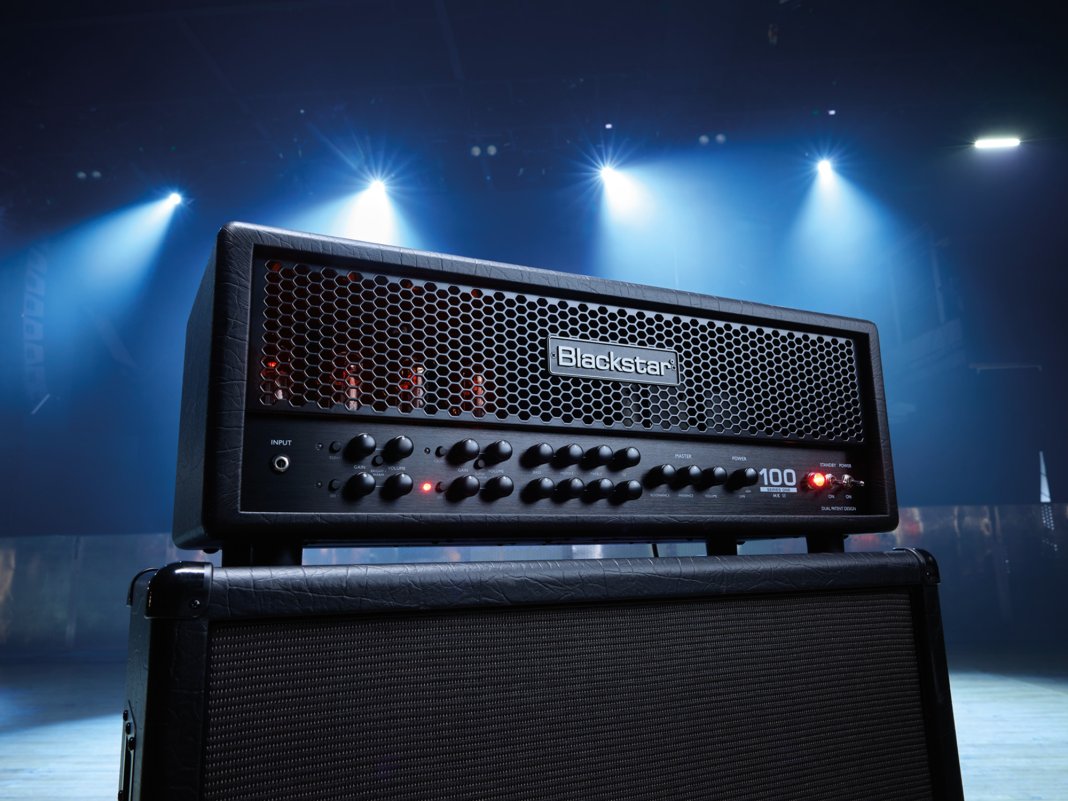Blackstar's Series One MkII 100 (£1,999), billed as the "ultimate modern flagship amplifier," presents a compelling case study in the evolution of high-gain tube amps. Launched in 2024, this 100-watt head is a significant revision of the original Series One, first released in 2007. However, the question arises: how truly modern is it in an era defined by lighter, more versatile, and digitally integrated amplifiers?
The MkII 100 remains a substantial 22kg head, a considerable weight that contrasts with the trend towards more portable amplification solutions. While the heft is undeniably a factor, the increasing prevalence of lower-wattage heads and the evolving economics of touring suggest this design choice merits closer inspection. Many contemporary metal guitarists are opting for lighter, 50-watt options, reducing transport costs and physical strain.
Blackstar has itself introduced innovative features into its tube amps, including improved power supplies, superior direct outputs, and digital connectivityâmost notably through its excellent CabRig system integrated into the HT range. Therefore, judging the modernity of the Series One MkII requires evaluating how effectively it incorporates such advances.
The visual updates are subtle, shifting from a bulky plastic logo to a more refined metal badge on the honeycomb grille, enhancing the aesthetic appeal. Internally, Blackstar claims over 30 circuit tweaks. However, the front and rear panels remain virtually identical to the 2011 Series One 104 6L6, with the manual seemingly subjected to a hasty "find and replace" of model numbers. This lack of significant external or internal design changes raises questions about the extent of the "modernisation."
While the existing feature setâincluding an effects loop, MIDI in/through, XLR and ¼â line outs, and a VGA port for the FS-3 footswitchâis functional, the omission of the CabRig system and the retention of the older footswitch standard feel like missed opportunities. Especially considering its price point, over twice that of the equally powerful 100-watt HT amp which *does
feature CabRig, this is a noticeable shortcoming.
Furthermore, the absence of side handles on the MkII 100, given the placement of transformers on one side, results in an unbalanced weight distribution that makes lifting it uncomfortable. This lack of ergonomic consideration seems at odds with a "modern" design philosophy.
Tonally, the amp performs admirably. The clean channels offer versatility, with the Warm voice particularly pleasing. The Crunch channel delivers a satisfying, articulate tone with a distinctly Marshall-esque character, ideal for rock rhythms. The Super Crunch channel provides a slight increase in saturation, perfect for bluesy leads. The Overdrive channels produce powerful lows and a rich midrange, avoiding overly scooped tones. While capable of producing high-gain sounds, achieving truly extreme metal tones may require a boost pedal, highlighting a reliance on external effects to reach some contemporary metal subgenres' characteristic sounds. Notably, the amp responded exceptionally well to being boosted, suggesting a deliberate design prioritising external tonal shaping.
Power reduction, marketed as "bedroom-friendly," is misleading. Even at 10 watts, the amp remains exceptionally loud. Effective silent practice requires an external attenuator. The direct output, lacking CabRig integration, provides a sterile and unpleasant sound unsuitable for practice or home recording.
In conclusion, while the Blackstar Series One MkII 100 offers impressive tonal qualities, its lack of significant design innovation and the omission of features present in more affordable Blackstar models, coupled with its hefty weight and price, make it a difficult amp to wholeheartedly recommend. While it excels tonally, the lack of modern conveniences, especially concerning portability and direct outputs, casts doubt on its claim of being a truly "modern" flagship amplifier. Alternatives such as Blackstar's own HT MkIII range or options from EVH and Victory offer comparable performance and desirable features at a significantly lower price point.

